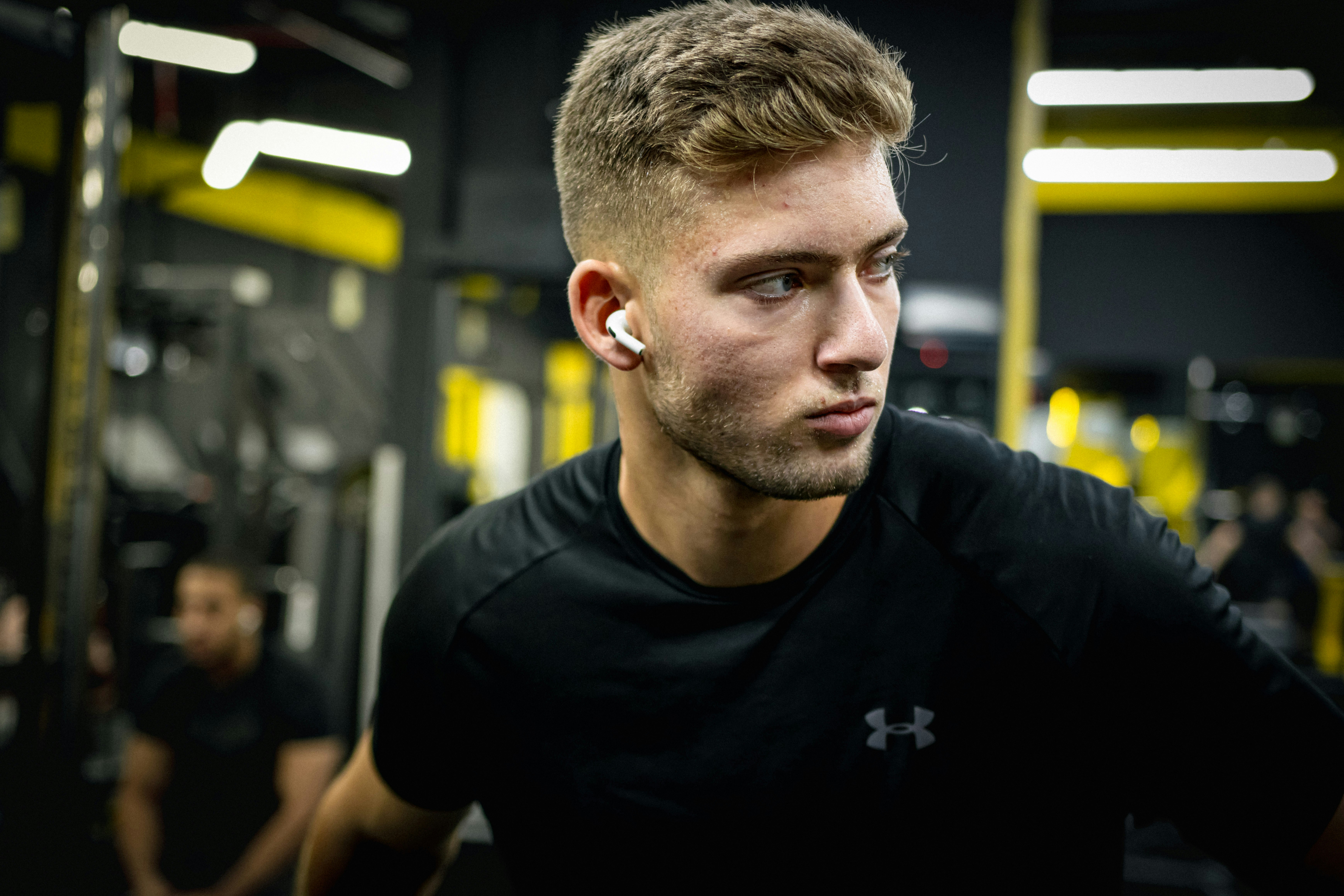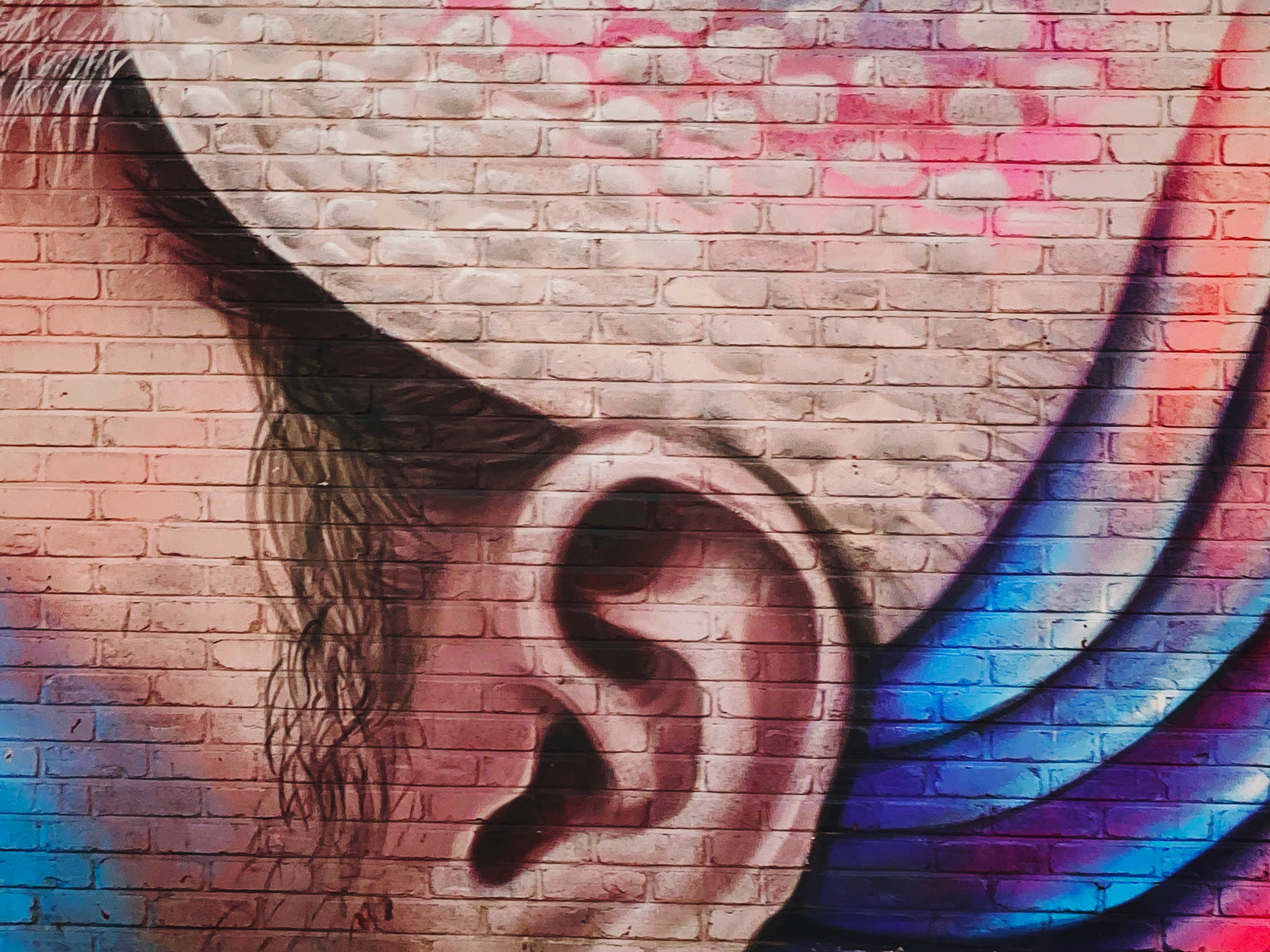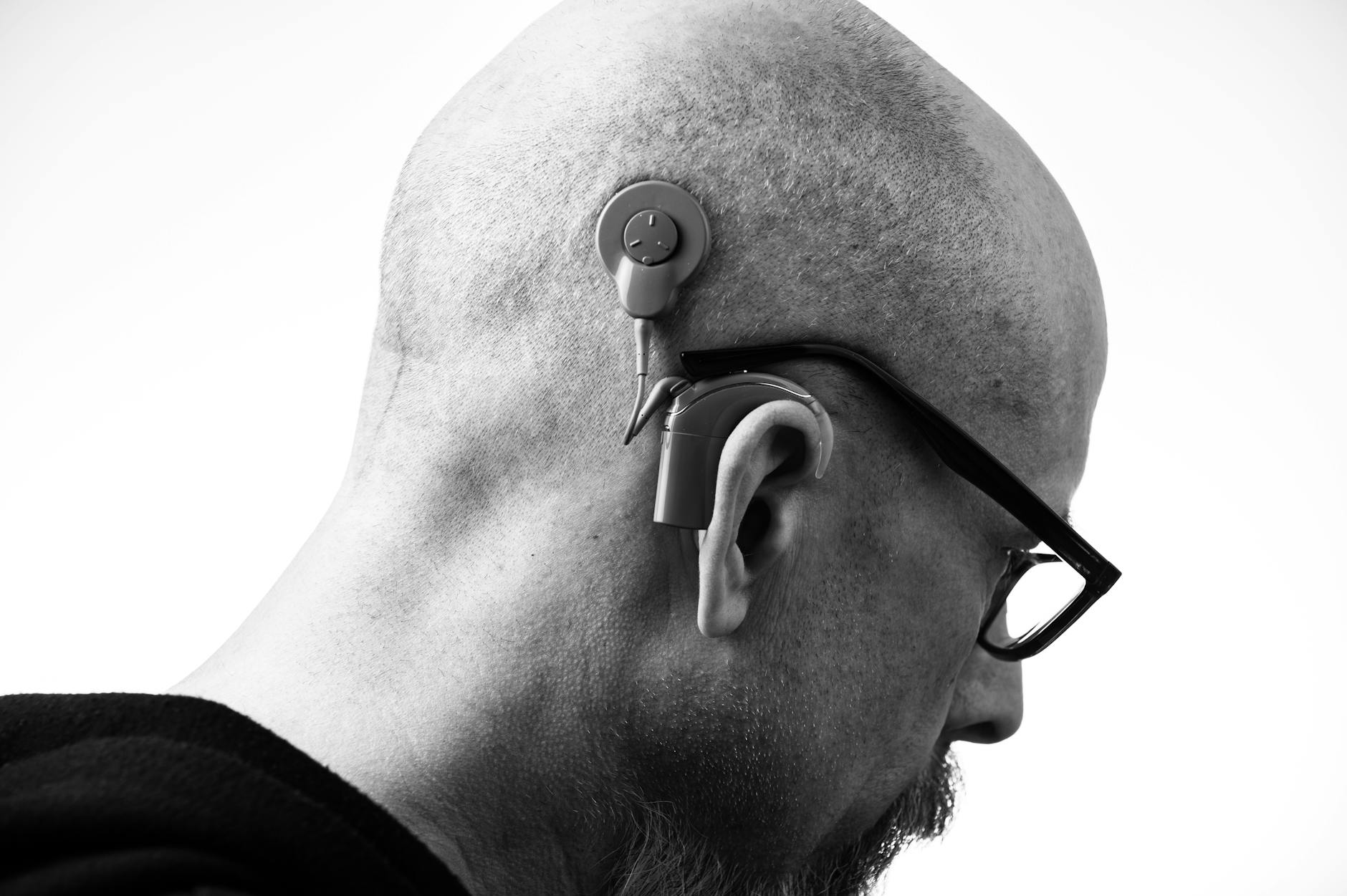Think of your ears like athletes. They perform brilliantly, but they also have limits. Noise hygiene is simply how you manage sound exposure—your daily “sound diet”—so you can enjoy life now and keep your hearing sharp for the long run. No fear, no lecturing, just smart habits that add up.
Why Noise Hygiene Matters (and Why It’s Easier Than You Think)
Noise-induced hearing loss (NIHL) is common, permanent, and almost entirely preventable. The tricky part? Loudness sneaks up on us. A busy restaurant, a blender, a fitness class—all short bursts that can push your ears over their safe “dose.”
Two quick truths to anchor you:
- Our ears measure total dose, not just peak moments. A little here, a little there adds up.
- Lowering volume just a bit or taking short quiet breaks can dramatically cut risk.
A 60-Second Decibel Primer
Decibels (dB) aren’t linear. Every 3 dB increase roughly halves safe listening time. NIOSH guidance pegs 85 dBA as the level where 8 hours is the recommended limit. From there, it drops fast:
- 85 dBA: ~8 hours
- 88 dBA: ~4 hours
- 91 dBA: ~2 hours
- 94 dBA: ~1 hour
- 97 dBA: ~30 minutes
- 100 dBA: ~15 minutes
Real-life anchors: lawn mower ~85–90 dBA, blender ~88–91 dBA, busy bar ~90–95 dBA, fitness class ~95–105 dBA, concerts and stadiums ~100–110+ dBA, sirens and fireworks even higher. Translation: the louder the moment, the less time you can safely spend there without protection.
Your Daily Sound Diet: A Practical Game Plan
Here’s how to build noise hygiene into your routine—no bubble wrap required.
Morning
- Choose quieter appliances. If you’re shopping, look for low-decibel dishwashers or hair dryers. For current gear, use the lower speed setting and keep it farther from your ears.
- Blender hack: step back a few feet or hit pulse in shorter bursts. Distance reduces exposure surprisingly well.
- Set your phone’s volume limit now (details below). That one-minute tweak pays dividends all day.
Commute
- Use active noise-canceling (ANC) or well-sealing earbuds so you can listen at lower volumes. ANC doesn’t “protect” against sudden blasts, but it lets you keep volumes comfortably low.
- If you open the car windows or ride a motorcycle, keep earplugs within reach. Wind noise easily creeps past 85 dBA at highway speeds.
Work or Home Office
- Soft surfaces matter. Rugs, curtains, and a bookshelf can trim echo and reduce fatigue.
- Take a 5-minute quiet break each hour. Ears recuperate, concentration improves, and your overall dose drops.
- Run a decibel check during meetings in open offices. If it’s consistently above ~70–75 dBA, consider noise masking (at a comfortable level) or earmuffs for focused work blocks.
Gym and Classes
- Keep a pair of high-fidelity earplugs in your gym bag. They reduce volume but keep music and instructor cues clear.
- Stand a little farther from speakers. Even a few feet can reduce exposure.
- Post-workout quiet minute. Give your ears a breather—no headphones between class and the locker room.
Home, Hobbies, and Chores
- Yardwork: lawn mowers, leaf blowers, and power tools = earmuffs or earplugs, every time.
- Cooking: put lids on pans and run blenders with a towel loosely draped over (without blocking vents). Ask others to step back when you hit the blend button.
- DIY projects: double up (earplugs + earmuffs) for really loud tasks. Comfortable safety glasses help ensure you keep the muffs on.
Evenings and Social Life
- Restaurants: ask for a corner table, avoid speakers, or go during off-peak times. Don’t be shy—staff are used to this request.
- Concerts and games: wear musician’s earplugs or well-fitted foam plugs. Take a 10-minute quiet break midway.
- TV and streaming: use dialogue-boost or subtitles so you don’t crank the volume.
Sleep
- White noise is fine; keep it comfortable (generally under ~50 dBA at the pillow). If you have to raise it to drown out street noise, try sealing drafts, closing doors, or using soft earplugs instead.
- Parents: baby sleep apps should be played at a safe distance and low level. More sound isn’t better sleep—just more dose.
Tech That Has Your Back: Quick How-Tos
Measure Your World
- Use a decibel app to spot loud culprits. Even if not lab-grade, they’re great for habits. For iOS, check the NIOSH Sound Level Meter app; Apple Watch also has a built-in Noise app that warns about high levels.
Limit Headphone Volume
- iPhone: Settings > Sounds & Haptics > Headphone Safety > Reduce Loud Sounds, then set a cap (try 80–85 dB). Also check Health > Browse > Hearing for exposure summaries.
- Android: Settings > Sound & Vibration > Volume or Hearing features (names vary). Many devices include “Safe volume” or “Reduce loud sounds.”
Use ANC Strategically
- Turn on ANC in noisy transit or offices so you can listen at lower volumes.
- In unpredictable loud environments (power tools, events), ANC is not a substitute for earplugs/earmuffs.
Build Your “Quiet Kit” and Quiet-ify Your Spaces
Your Quiet Kit
- High-fidelity earplugs (musician’s filters) for music, dining, and travel.
- Foam earplugs for lawn care and power tools.
- Earmuffs for quick, easy protection during chores.
- A small case so protection is always with you.
Quiet Home Upgrades
- Choose quieter appliances when replacing (look for published dB ratings).
- Add soft surfaces: rugs, curtains, upholstered chairs. Doors seals and simple weather-stripping help more than you’d think.
- Place speakers away from reflective surfaces; use “night mode” or dialogue-enhancement on your TV.
The 30-Day Hearing Longevity Challenge
Small wins add up fast. Try this month-long reset:
Week 1: Awareness
- Install a decibel app and log your three loudest moments each day.
- Set a headphone volume limit on your phone.
- Book a baseline hearing check with an audiologist. It’s like a fitness assessment for your ears.
Week 2: Protection
- Build your Quiet Kit and stash it in your bag or car.
- Use ear protection for every loud chore—no exceptions.
- Experiment with ANC vs. no ANC and notice how much lower you can set volume.
Week 3: Environment
- Rearrange your loudest room: add a rug, move speakers, adjust seating away from noise sources.
- Pick restaurants with sound-absorbing décor or outdoor seating.
- Schedule a “quiet half-hour” daily—no earbuds, no TV, just ear rest.
Week 4: Maintenance
- Review your week’s loudest moments and plan backups (earplugs in gym bag, earmuffs by mower).
- Teach one family member or friend the “sound diet” idea. Healthy habits stick when they’re shared.
- If you have frequent loud hobbies or work exposure, ask an audiologist about custom earplugs or a hearing conservation plan.
Family Edition: Kids, Teens, and Partners
- Teens and music: use volume limiters and show them the decibel app readings at concerts. Empower, don’t lecture.
- Share ear protection with guests for fireworks or yardwork—make it normal and social.
- For little ones, keep sound toys and tablets at modest volumes; distance and duration matter even more for small ears.
When to Get Pro Help
Check in with an audiologist if you notice persistent ringing after noise, muffled hearing, or if you’re regularly in loud environments. Pros can:
- Give you a baseline hearing test and track changes over time.
- Fit custom musician’s or industrial earplugs that protect without muffling life.
- Advise on workplace hearing conservation and dose monitoring.
Friendly reminder: this guide is educational. For personal recommendations or symptoms, a licensed audiologist or ENT is your best teammate.
Safe Listening Cheat Sheet
- Follow the 60/60 rule for personal audio: no more than 60% volume for 60 minutes, then take a break. Lower is better with ANC.
- At any event where you need to shout to be heard, wear ear protection and take quiet breaks.
- Double up (earplugs + earmuffs) for very loud tools or prolonged exposure.
- Teach your phone to protect you: enable volume caps and exposure alerts.
Your ears do a lifetime of heavy lifting—let’s give them a lifestyle that loves them back.
Frequently Asked Questions
Are noise-canceling headphones safe for my hearing?
Yes—when used thoughtfully. ANC reduces background noise so you can listen at lower volumes, which is safer. But ANC isn’t hearing protection in loud, unpredictable environments (like concerts or power tools). For those, use earplugs or earmuffs.
How accurate are phone decibel apps?
They aren’t lab instruments, but they’re great for habit-building and spotting loud hotspots. The NIOSH Sound Level Meter app (iOS) is well-regarded for consumer use. Treat readings as estimates and use them to guide decisions, not for regulatory measurements.
What Noise Reduction Rating (NRR) should I look for in earplugs or earmuffs?
Aim for comfortable protection you’ll actually wear. Foam earplugs often list NRR 30+, earmuffs around NRR 20–30. In very loud situations, combining plugs and muffs adds protection. Fit is everything—improperly worn plugs can cut the real protection in half.
Is it okay to sleep with white noise or a fan?
Generally yes, at comfortable, modest levels. Keep the sound as low as is effective (often under ~50 dBA at the pillow). If you’re turning it up to mask street noise, consider improving room soundproofing or using soft earplugs so your overall noise dose stays low.
References
- CDC/NIOSH – Noise and Hearing Loss Prevention
- WHO – Make Listening Safe initiative
- NIH/NIDCD – Noise-Induced Hearing Loss
- Mayo Clinic – Hearing loss: Prevention



